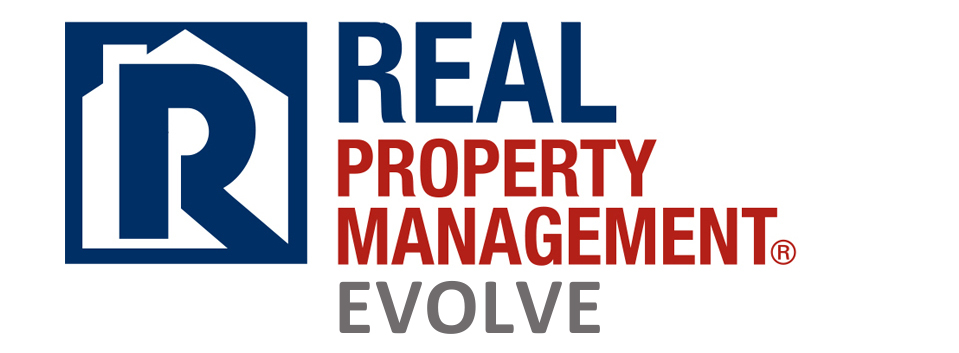4 Tips for Successful Real Estate Rehabbing
In our previous blog, we talked about whether or not rehabbing is a valuable addition to your real estate investment efforts. If you decide that it is, start with these key steps to ensure success:
1. Prepare a Deliberate Estimate of Your Costs: As we mentioned, you should already have a good idea of what you can invest in a rehab project, but of course, that is different than what the project will actually cost—and coming up with an estimate should happen BEFORE you purchase the property. Start by looking at the four most substantial, potential expenses:
- Roof: identify rot or other damage and loose shingles, etc. Don’t forget to go inside and look for water stains, discoloration or holes in the ceiling.
- Structure: The foundation is your number one concern. Cracks and holes can indicate an expensive fix that isn’t worth the investment.
- Plumbing: Aside from checking pipes in areas where you can access them, also look for warps in flooring and leaks around sinks, toilets and tubs. Don’t forget to pay attention to the trees on the property; root systems that extend under the house can cause a lot of damage.
- Electrical: This is where an expert can be particularly helpful. Make sure you’ve looked at fuse boxes and breakers and you know definitively when the electrical was updated last.
Other potential figures to include in your estimate:
- Flooring
- Painting
- Landscaping
- Cabinets
- Windows
- Doors
- Minor Repairs
2. Permit and Plan, First: This may sound like common sense, but we can’t emphasize the value of it enough. With a solid plan in place and the correct permits in order, you will save yourself a lot of time and headaches. Planning includes:
- Listing and planning the purchase of needed materials.
- Scheduling tradesmen and contractors.
- Mapping the order of projects.
- Identifying your project manager, their role and the roles of other people involved (even if you are the project manager).
3. Understand the Neighborhood: You may have a vision for your real estate investment that does not match the location of the property. It’s important to have knowledge of the demographics, the geographical qualities and the neighbors. Property managers and investment-focused, real estate agents can provide valuable insight into these factors. Match your rehab efforts to the neighborhood and you’ll likely generate the most interest in the property, as well as the most support for your project.
4. Know Your Limits: This isn’t simply a budgetary concern. You can cause yourself a lot of frustration if you embark on a rehab effort that challenges your skills to the max. Know what you can and are willing to contribute in terms of handiwork and craftsmanship then hire professionals for the projects that are out of your league. They should ensure that you have the best outcome and meet required codes.
If you address these key steps and find that you’re having a lot of fun with it that’s a key indicator that rehabbing might be ideal for your real estate investment efforts.





